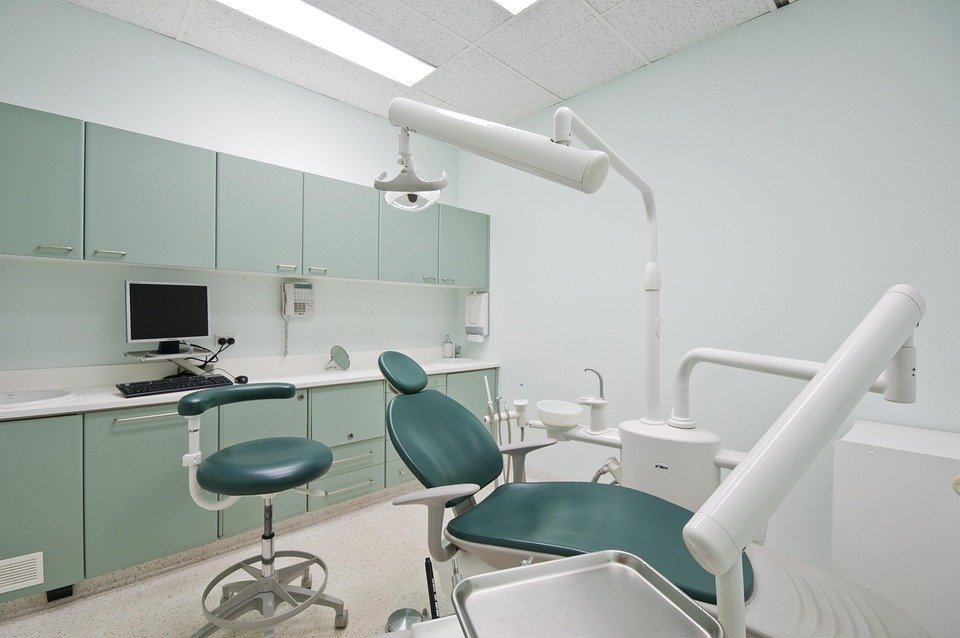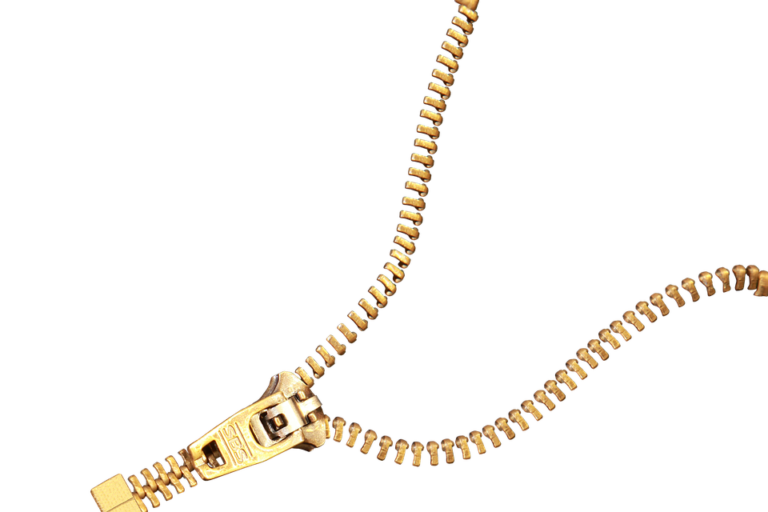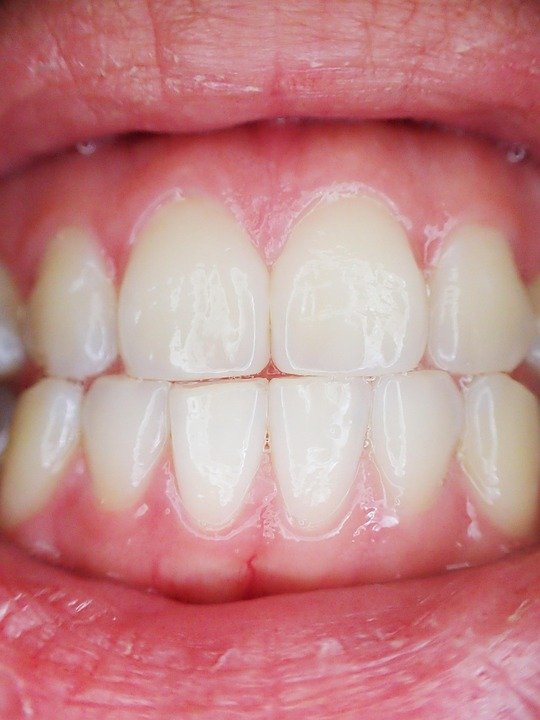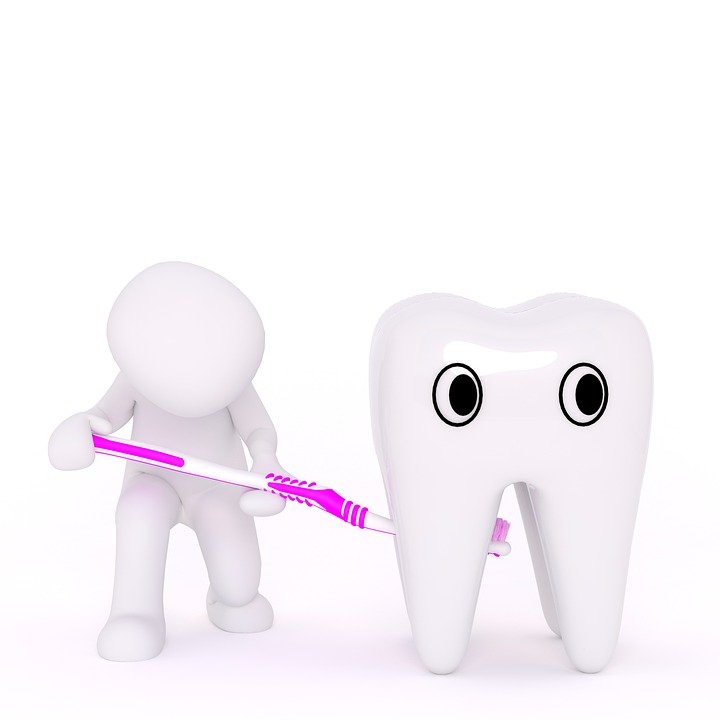What is the role of 3D modeling in orthodontics?
I’m trying to understand how 3D modeling is used in orthodontics these days. I’ve seen some things about it online, but it’s all a bit vague. Specifically, I’m interested in:
- How is 3D modeling used for diagnosis and treatment planning? I’ve heard it can help visualize the patient’s teeth and jaw, but how does that improve the actual planning of braces or Invisalign?
- How is it used in the fabrication of appliances? Does it completely replace traditional methods, or is it just an augmentation? I’m thinking about things like aligners, retainers, and even traditional braces brackets.
- What are the advantages and disadvantages of using 3D modeling compared to older, more traditional methods? Is it really that much better in terms of accuracy, time efficiency, or patient comfort? Are there downsides like cost or the need for specialized training?
- What are the different types of 3D modeling software and technologies used in orthodontics? I’m guessing there’s a wide range, and I’m curious which ones are considered industry standards or emerging best practices.
- And finally, does 3D modeling allow for better patient communication and education? Can it help patients better understand their treatment plan and visualize the expected results?
Basically, I’m trying to get a comprehensive overview of the role of 3D modeling in modern orthodontics. Any insights or resources would be greatly appreciated!
Answer
3D modeling plays a multifaceted and increasingly crucial role in modern orthodontics, impacting diagnosis, treatment planning, appliance fabrication, and patient communication. Here’s a detailed breakdown:
1. Diagnostic Applications:
- Digital Impressions: Traditional alginate impressions are often uncomfortable for patients and prone to inaccuracies. 3D intraoral scanners allow orthodontists to create highly accurate digital impressions of the patient’s teeth and surrounding soft tissues. These digital impressions are then used to create a 3D model.
- Cephalometric Analysis: 3D modeling integrates with cone-beam computed tomography (CBCT) to provide more comprehensive cephalometric analysis compared to traditional 2D radiographs. This allows for visualization of skeletal structures in three dimensions, leading to a more accurate assessment of skeletal discrepancies, airway analysis, and temporomandibular joint (TMJ) evaluation.
- Tooth Segmentation and Volumetric Analysis: 3D models facilitate the segmentation of individual teeth from CBCT scans. This allows orthodontists to analyze tooth volume, root morphology, and proximity to critical anatomical structures like the inferior alveolar nerve, which is crucial for planning tooth movements and avoiding iatrogenic damage.
- Airway Assessment: 3D models reconstructed from CBCT scans provide a detailed view of the patient’s airway. This is particularly valuable in diagnosing and treating sleep apnea and other airway-related problems, especially in growing children. Orthodontic treatment can be planned to improve airway patency.
- TMJ Visualization: 3D models derived from CBCT scans allow for visualization of the TMJ and assessment of joint morphology, condylar position, and potential bony changes associated with temporomandibular disorders (TMD).
2. Treatment Planning Applications:
- Virtual Setup: Orthodontists can use 3D models to create virtual setups of the patient’s teeth in a computer environment. This involves digitally repositioning the teeth to achieve the desired occlusion and esthetics. The virtual setup allows the orthodontist to visualize the final treatment outcome before initiating actual tooth movement.
- Bracket Placement Planning: 3D models enable precise bracket placement planning. Software allows orthodontists to virtually place brackets on each tooth based on the virtual setup, taking into account individual tooth morphology and desired tooth movements. This precision can lead to more efficient and predictable treatment outcomes.
- Surgical Planning: In cases requiring orthognathic surgery (corrective jaw surgery), 3D models play a vital role in surgical planning. The models can be used to simulate different surgical scenarios and predict the resulting facial changes. Surgical guides can be designed based on the 3D models to ensure accurate bone cuts and repositioning during surgery. Collaboration between the orthodontist and oral surgeon is greatly enhanced.
- Invisalign Planning: 3D modeling is the foundation of the Invisalign system. Digital impressions are used to create a 3D model of the patient’s dentition, which is then used to design a series of aligners that gradually move the teeth into the desired position. The ClinCheck software allows orthodontists to visualize the treatment progress and make adjustments to the aligner sequence.
- Indirect Bonding Tray Fabrication: After virtual bracket placement, 3D models are used to design and fabricate indirect bonding trays. These trays accurately transfer the pre-positioned brackets onto the patient’s teeth in a single appointment, reducing chair time and improving bracket placement accuracy.
3. Appliance Fabrication Applications:
- Customized Brackets: 3D printing technology allows for the fabrication of customized orthodontic brackets tailored to the individual tooth morphology. This can improve bracket adaptation, bond strength, and treatment efficiency.
- Clear Aligners: As mentioned earlier, 3D models are essential for the design and fabrication of clear aligners like Invisalign. The models are used to create a series of aligners that incrementally move the teeth.
- Lingual Brackets: Lingual brackets are placed on the inside (lingual) surface of the teeth, making them virtually invisible. The indirect bonding process, facilitated by 3D models and printed trays, is crucial for accurate placement of lingual brackets, which can be challenging due to limited access.
- Surgical Guides: For orthognathic surgery, 3D models are used to design and fabricate surgical guides that ensure accurate bone cuts and repositioning during surgery. These guides help improve the precision and predictability of surgical outcomes.
- Temporary Anchorage Devices (TADs): 3D models, in conjunction with CBCT data, can be used to plan the precise placement of TADs (mini-screws) to provide skeletal anchorage for orthodontic tooth movement. The models help to identify the optimal location for TAD placement, avoiding critical anatomical structures.
- Splints and Retainers: 3D printing allows for the creation of precise-fitting splints for TMJ disorders and retainers to maintain the achieved orthodontic correction.
4. Patient Communication and Education:
- Treatment Visualization: 3D models allow orthodontists to show patients a visual representation of their current dental condition and the planned treatment outcome. This can help patients understand the treatment process and become more engaged in their care.
- Improved Understanding: Patients can rotate, zoom, and manipulate the 3D models to gain a better understanding of their dental anatomy and the proposed treatment plan. This improves communication and builds trust between the orthodontist and the patient.
- Enhanced Case Presentation: 3D models provide a powerful tool for case presentation, allowing orthodontists to effectively communicate the benefits of orthodontic treatment and justify the treatment plan to patients and their families.
- Progress Monitoring: Comparing 3D models taken at different stages of treatment allows for visual demonstration of progress.
5. Advantages of Using 3D Modeling:
- Increased Accuracy: Digital impressions and 3D modeling are more accurate than traditional methods, leading to better treatment outcomes.
- Improved Efficiency: Virtual treatment planning and indirect bonding techniques can reduce chair time and improve treatment efficiency.
- Enhanced Predictability: 3D models allow for more predictable treatment outcomes by enabling orthodontists to visualize and simulate tooth movements before initiating treatment.
- Improved Patient Experience: Digital impressions are more comfortable for patients than traditional alginate impressions, and 3D models provide a better understanding of the treatment process.
- Enhanced Communication: 3D models facilitate communication between the orthodontist, the patient, and other members of the dental team.
In summary, 3D modeling has revolutionized orthodontics by providing a more accurate, efficient, and predictable approach to diagnosis, treatment planning, appliance fabrication, and patient communication. It is an integral part of modern orthodontic practice and is constantly evolving with advancements in technology.




